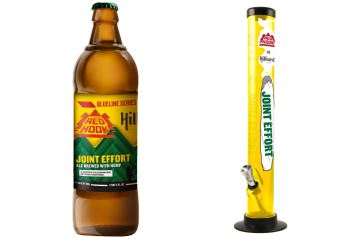

Producers of Joint Effort covered their label in references to marijuana and made their pull handles out of bongs.
Marijuana’s legalization in Colorado and Washington has led to a boom market of growers, sellers and investors seeking to cash in as the long-illicit drug goes legit. And then there’s the ancillary market. Cannabis swag has been flourishing in each state, with the leaf appearing on everything from throw pillows to key fobs. So it should come as little surprise that breweries are riding the green wave.
As Washington processes its first applications for pot-related business licenses, local store shelves are being stocked with 22 oz. bottles of Joint Effort, a hemp beer crafted by two local breweries to evoke the aroma of weed. The name is a double entendre about their collaboration and the drug that was legalized there last November. It’s also part of the reason that the brew can be sold only in the Evergreen State.
Beer brewed with hemp, a botanical cousin to hops, can be (and has been) sold elsewhere in the U.S., so long as it tests negative for mind-altering THC. But a hemp brew’s label can’t contain any slang or graphics “implying or referencing the presence of … marijuana” if it’s going to be approved by the federal government for sales across state lines. Joint Effort, made by Redhook Ale Brewery and Hilliard’s Beer, is decorated with the tag line “a dubious collaboration between two buds.” And those puns, a company spokesman says, were enough for the Alcohol and Tobacco Tax and Trade Bureau to reject their label application. That left the brewers to sell their resiny ale at home, where the state liquor board approved.
The beer’s presence in bars makes the labels seem subtle by comparison. Pull handles that barkeeps yank to serve drafts of the brew are made out of actual bongs, purchased straight from local head shops. “We’re taking the whole passage of the law and celebrating the fact that we can do something legally that other states can’t,” says Matt Licklider, Redhook’s senior director of brewing and quality. Yes, they could sell their THC-free beer in other places if they toned down the look, but that would defeat the point, he says.
Joint Effort was first sold on tap in July 2013, with bottles following in late October. So far, it’s available at 85 locations, including stores such as Safeway and restaurants like Red Robin. Redhook brand manager Karmen Olson says they plan to sell it through March 2014 and may extend the run if there’s popular demand.
Though Redhook is now part of the larger Craft Brew Alliance, both that brewery and Hilliard’s were founded in Washington. The two companies were brainstorming on ways to collaborate soon after Initiative 502 passed in November 2012. Throwing ideas around over beers, they decided an ode to marijuana was in order. It certainly didn’t hurt to capitalize on the buzz of passing historic legislation either. The 22 oz. bottles are being sold at a price only novelty could justify: $3.99 to $5.99 a piece.
This isn’t the first time Redhook has run a campaign to “acknowledge that we live in a cool progressive state where stuff like this happens,” as Olson says. Last November, voters also passed a referendum that made gay marriage legal. The company, which sells a Long Hammer IPA, put out a celebratory ad with a giant equals sign. “Redhook supports equality,” it read. “Because two Long Hammers are better than one.”
Source: http://nation.time.com/2013/11/21/with-legal-weed-comes-hemp-beer/

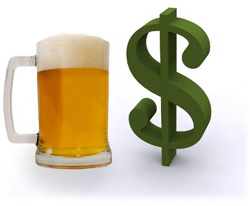

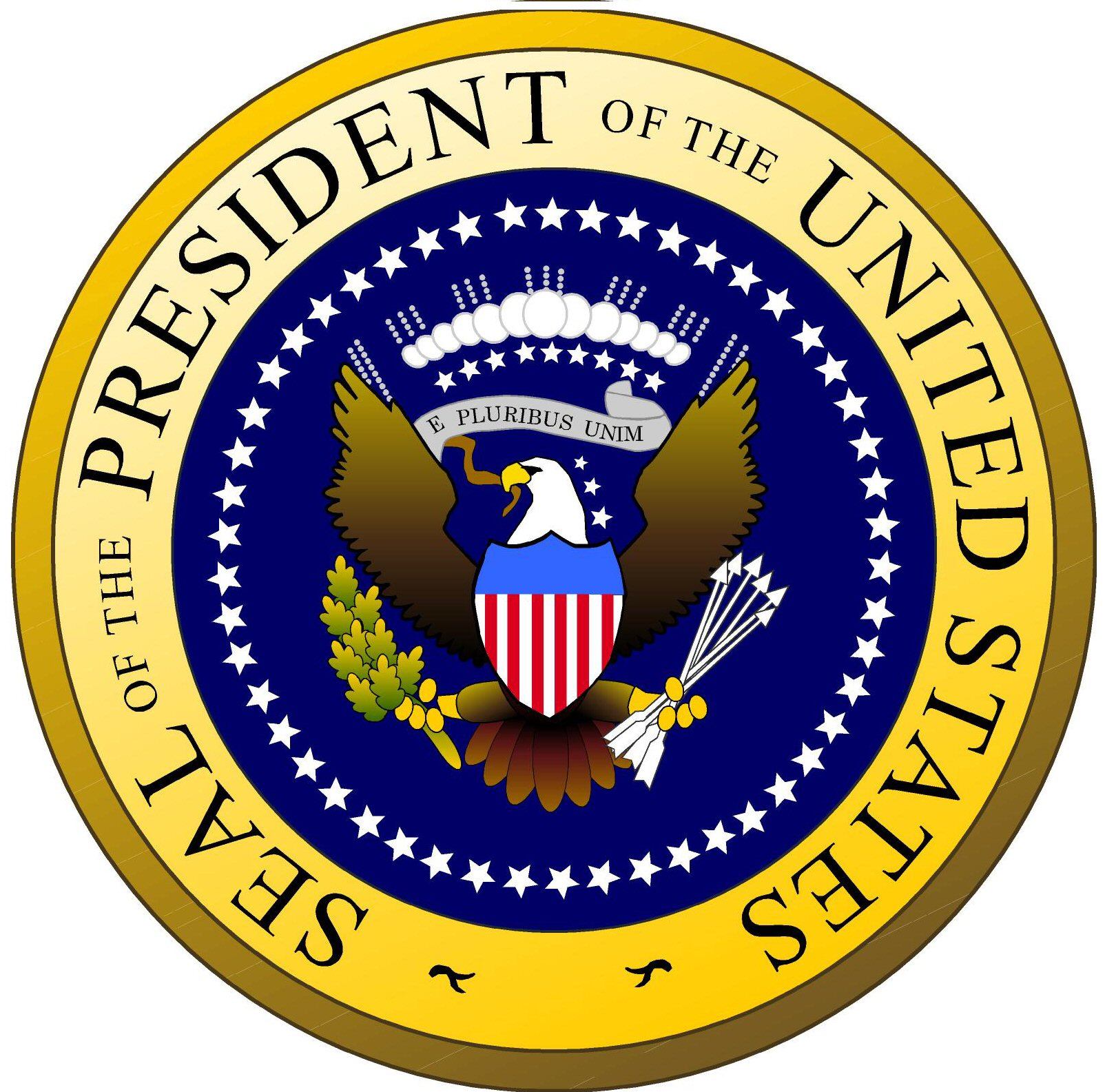

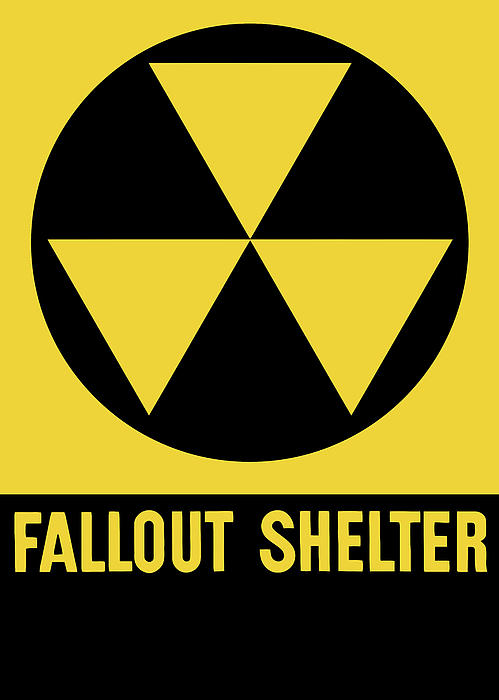

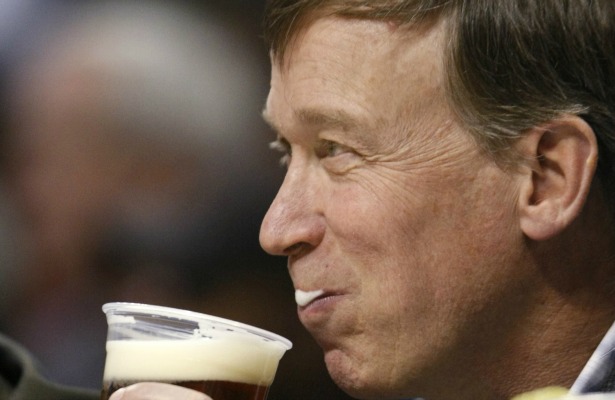



Follow Us!